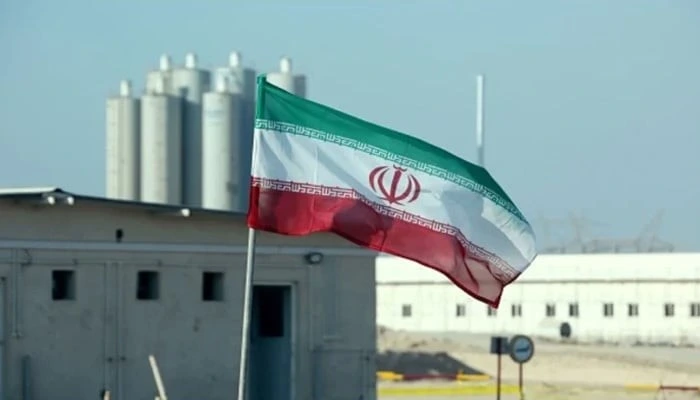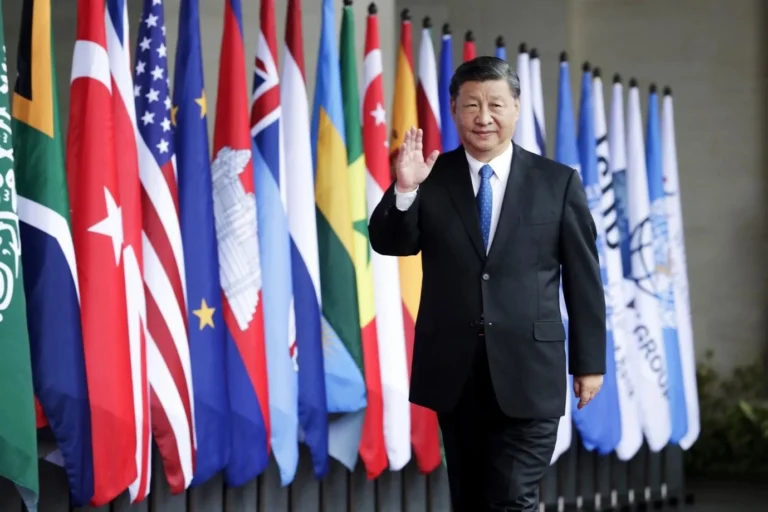Youth Radicalization in Pakistan’s Universities

Youth Radicalization in Pakistan’s Universities
While thinking of universities, people usually picture places where young people grow, argue ideas, and prepare to take on the world. In Pakistan, however, campuses have also become vulnerable to something darker, and it is youth radicalization. It’s a problem that doesn’t just affect students, rather it ripples out into society, politics, and the country’s future.
Pakistan has one of the largest youth populations in the world, and that’s both an opportunity and a risk. The opportunity is obvious that if this generation is educated, innovative, and engaged, it could lift the country forward. Conversely, the risk is that frustration, inequality, and divisive politics can push many into the orbit of extremist groups who know exactly how to exploit those emotions.

How do campuses become recruiting grounds?
For extremist groups, universities are attractive spaces. Students are young, searching for identity, and often questioning authority. If they are not given healthy outlets for that energy, they can be pulled toward people who offer simple answers to complicated problems.
Instead of encouraging independent thought, some institutions end up being silent arenas where radical groups spread their ideas unchecked. Economic frustration makes this even worse. A student might work hard for years, graduate, and still face unemployment or low paid jobs. That disappointment can quickly turn into anger at the system. Recruiters understand this. They don’t just offer ideology, they offer belonging, purpose, sometimes even financial incentives. In a society where social injustice and corruption are widely felt, it’s not hard to see why some students buy into the narrative of “fighting back.”
Religion, identity, and manipulation
One of the most dangerous tools used in this process is the distortion of religion. Pakistan is diverse, with different sects and schools of thought, and that diversity should be a source of richness. But extremists twist those differences into divisions. They use religion not to bring people together, but to pit one group against another.
The concept of “jihad,” for example, is often misused. Instead of its broader meaning of personal struggle and striving for good, it gets reframed as militancy. For a young person who wants to feel heroic or significant, that message can be powerful. The result is polarization on campuses, where students begin to see peers of different sects or beliefs not as classmates, but as rivals or enemies.
The digital dimension
If the old days of radicalization were relied on in person sermons or secret meetings, today’s version thrives online. Notably, social media is filled with videos, memes, and articles that package extremist messages in slick ways. Students scrolling through their phones late at night might stumble on this material without even realizing what it is at first. Over time, exposure shapes their thinking. The anonymity of the internet makes it easier for recruiters to approach individuals directly, outside the watch of parents or teachers.

Weak governance on campuses?
Universities in Pakistan often don’t have strong systems to keep an eye on these trends. Student counseling is minimal to nonexistent. If a young person is going through depression, an identity crisis, or simply confusion about the future, there’s rarely a safe space on campus where they can talk about it. Extremist groups are quick to fill that gap.
Student unions, which should ideally be about leadership training and democratic practice, often get hijacked by sectarian or political groups. Instead of fostering healthy debate, they become extensions of the country’s polarized politics. That makes it even harder for universities to stay neutral spaces for learning.
Why does it matter beyond the campus?
The danger here isn’t limited to a few isolated incidents. Radicalization among educated youth has long-term consequences. These students are not only literate but often skilled in technology, communication, and organization. When they bring those talents into extremist networks, the impact is far more damaging than unorganized street level violence.
More importantly, every student lost to radicalization is a missed opportunity. These are people who could have been engineers, teachers, scientists, or community leaders. Instead, their energy gets diverted into destructive paths. For a country already struggling with development, that loss is devastating.
What can be done
So how do you push back against this? It’s not about security forces storming campuses. The solution must start from within the education system and the communities around it.
- Civic and critical education
- Counseling and dialogue
- Digital literacy
- Campus governance
- National level approach
Youth radicalization in Pakistan’s universities isn’t a simple issue, and it won’t go away with quick fixes. It’s tied to the economy, politics, religion, and even global digital trends. But ignoring it isn’t an option either. The same young people being targeted by extremist groups could just as easily become leaders in science, technology, and civic life if given the right support and guidance.

The real challenge is to create environments both in universities and in society at large where young people feel heard, valued, and hopeful about their future. If that happens, the appeal of radical groups will shrink. If it doesn’t, the country risks losing some of its brightest minds to ideas that destroy rather than build.
The views and opinions expressed in this article are exclusively those of the author and do not reflect the official stance, policies, or perspectives of the Platform.












